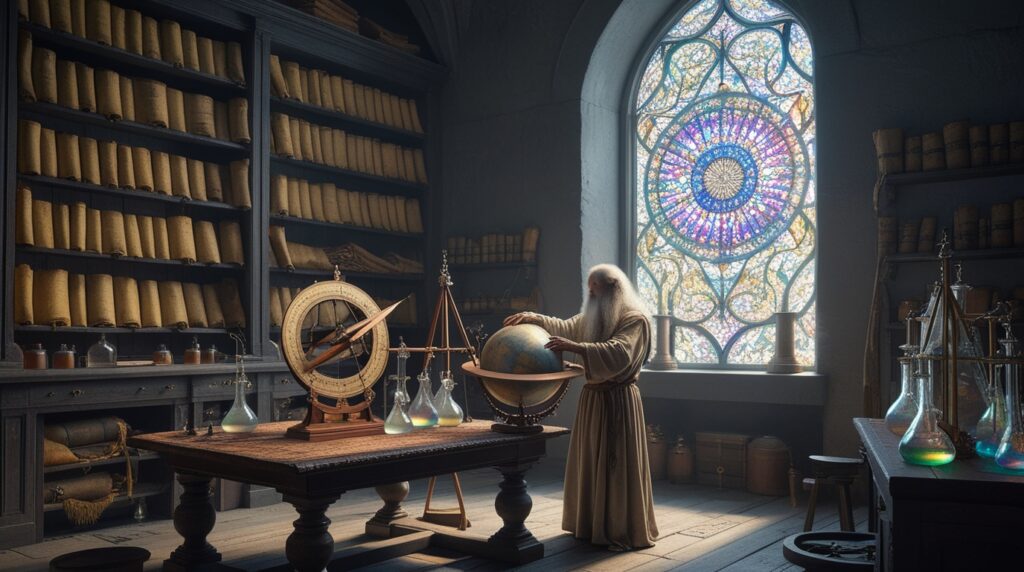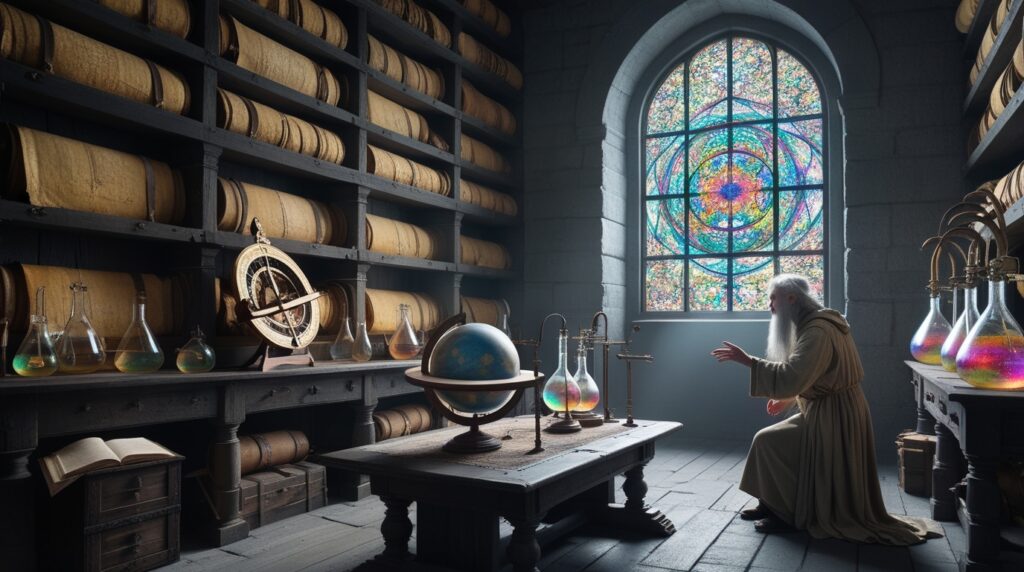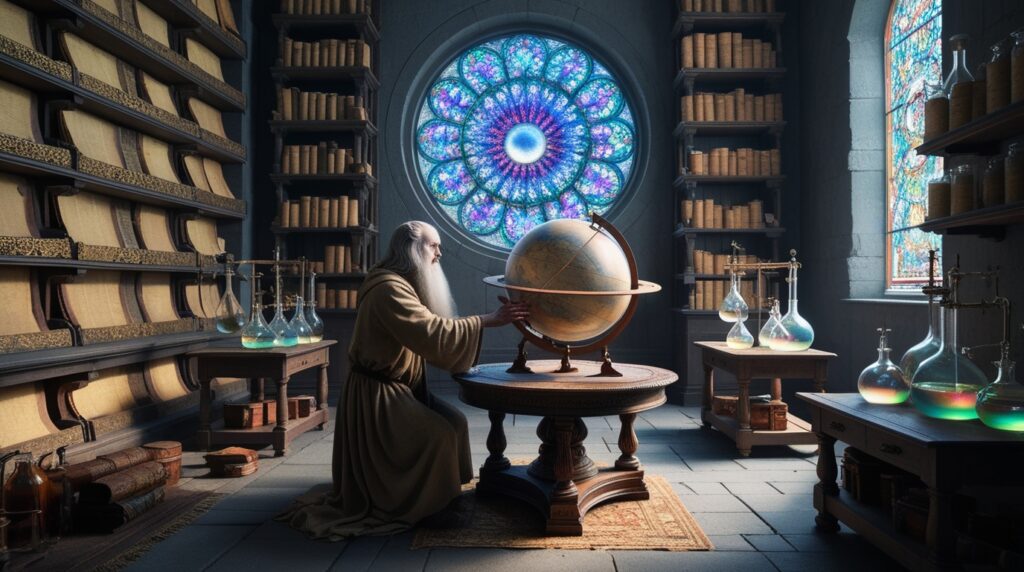The Foundations of Old Science: Pioneering the Path to Knowledge

Old science, often referred to as classical science, laid the groundwork for the modern scientific methods and theories we use today. Rooted in the philosophical traditions of ancient civilizations and refined through centuries of inquiry, old science reflects humanity’s first attempts to understand the natural world. This article explores the evolution, contributions, and visual legacy of old science, with a focus on generating imagery that captures its essence.
- The Birth of Scientific Inquiry
Science as we know it today began with ancient civilizations, where scholars attempted to explain natural phenomena through observation and logic. While these early efforts lacked the empirical rigor of modern methods, they were instrumental in establishing key concepts.
Ancient Contributions
Mesopotamia and Egypt: Early records of mathematics, astronomy, and medicine emerged here. Babylonians charted the stars, while Egyptian texts documented surgical practices.
Greece and Rome: Thinkers like Aristotle, Archimedes, and Hippocrates laid the foundations for disciplines such as biology, physics, and medicine.
India and China: Indian scholars introduced concepts like zero and advanced medicine, while Chinese scientists developed tools like the compass and seismograph.
Medieval Science
The medieval period witnessed the preservation and expansion of ancient knowledge, primarily through Islamic scholars like Alhazen (Ibn al-Haytham), who made groundbreaking contributions to optics, and Avicenna, whose medical texts influenced generations. In Europe, figures like Roger Bacon began to emphasize experimentation.
- Key Fields and Discoveries in Old Science
Astronomy
Ancient Models: Early civilizations developed geocentric models of the universe, believing Earth to be the center.
Instruments: Devices like the astrolabe and armillary sphere helped early astronomers map the heavens.
Copernican Revolution: Though considered “old science” by today’s standards, Nicolaus Copernicus’ heliocentric theory bridged ancient and modern astronomy.
Alchemy and Chemistry
Alchemy’s Legacy: While often dismissed as pseudoscience, alchemy formed the basis for modern chemistry. Alchemists sought to transform base metals into gold and discover the “elixir of life.”
Discoveries: Practices like distillation and crystallization were born from alchemical experiments.
Medicine

Hippocratic Corpus: Ancient Greek texts emphasized natural causes and treatments for diseases.
Medieval Advances: Surgeons like Al-Zahrawi refined surgical techniques, and apothecaries developed herbal remedies.
Physics and Mechanics
Simple Machines: Archimedes’ principles of levers and pulleys showcased early mechanical understanding.
Aristotelian Physics: Dominated for centuries, Aristotle’s ideas on motion and matter were only challenged during the Renaissance.
- Limitations of Old Science
While old science provided a foundation, it was often constrained by:
Lack of Empirical Testing: Many ideas were based on observation or philosophy rather than experimentation.
Reliance on Authority: Ancient texts were rarely questioned, leading to stagnation.
Mysticism and Superstition: Alchemy and astrology often blurred the line between science and mysticism.
- Visualizing the World of Old Science
The legacy of old science can be vividly captured through art and visualization. These visuals not only pay homage to historical achievements but also help modern audiences appreciate the roots of scientific inquiry.
Generating an Image of Old Scien
Such imagery encapsulates the essence of old science: a world where curiosity met imagination, paving the way for future discoveries.
- The Legacy of Old Science
The contributions of old science continue to resonate today.
Preservation of Knowledge: Many ancient texts became the foundation for Renaissance learning.
Inspiration for Modern Science: Early concepts and tools evolved into more sophisticated versions, like telescopes and spectrometers.
Interdisciplinary Influence: Fields like philosophy, art, and religion were deeply intertwined with old science, fostering holistic approaches to understanding the world.
- Conclusion

Old science represents humanity’s initial attempts to decode the mysteries of existence. Though limited by the tools and knowledge of the time, it provided a crucial stepping stone for the scientific revolutions that followed. Visualizing this era, whether through AI-generated art or historical reconstructions, allows us to appreciate the ingenuity of our ancestors and their enduring quest for knowledge.
By remembering the legacy of old science, we not only honor the past but also gain perspective on the progress and potential of modern inquiry.






